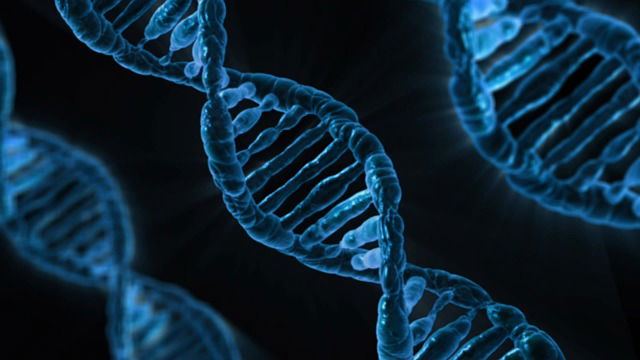
Recent studies have shown that examining ancient DNA could provide important insights into human history.
In recent research from Harvard Medical School, researchers found with DNA sequencing, it is possible to extract sequences from humans who lived tens of thousands of years ago.
Scientists could do this by grinding skeletal remains into a powder to do tests.
For example, genetic research about the prehistory of Europe and southern Asia could help explain the parallel histories of the two places.
Both regions started agriculture thousands of years ago and people in the two places spoke related Indo-European languages.
According to the researchers, farmers in Europe arrived from Anatolia thousands of years ago. Then they mixed with the local hunter-gatherer population.
Later immigration from the Eurasian Steppe occurred at about the time Stonehenge was built.
These people used a wheel and domesticated horses to exploit the grasslands of the Steppes effectively.
The researchers also found that similar prehistory occurred in the Iberian Peninsula.
From there, a third population also arrived from the Steppes, joined the hunter-gather and farmer groups.
Interestingly, DNA research finds that this third population was exclusively male.
In southern Asia country India, DNA research shows there was a migration after the Ice Age. This immigration led to a blending of two ancestries, Ancestral North Indian and Ancestral South Indian.
DNA studies also showed that India’s caste system occurred thousands of years earlier.
The researchers warn that DNA research cannot tell exactly how population replacement happened.
But the findings suggest that humans inherently derive from mixed ancestry. There is no pure population.
Copyright © 2019 Knowridge Science Report. All rights reserved.



